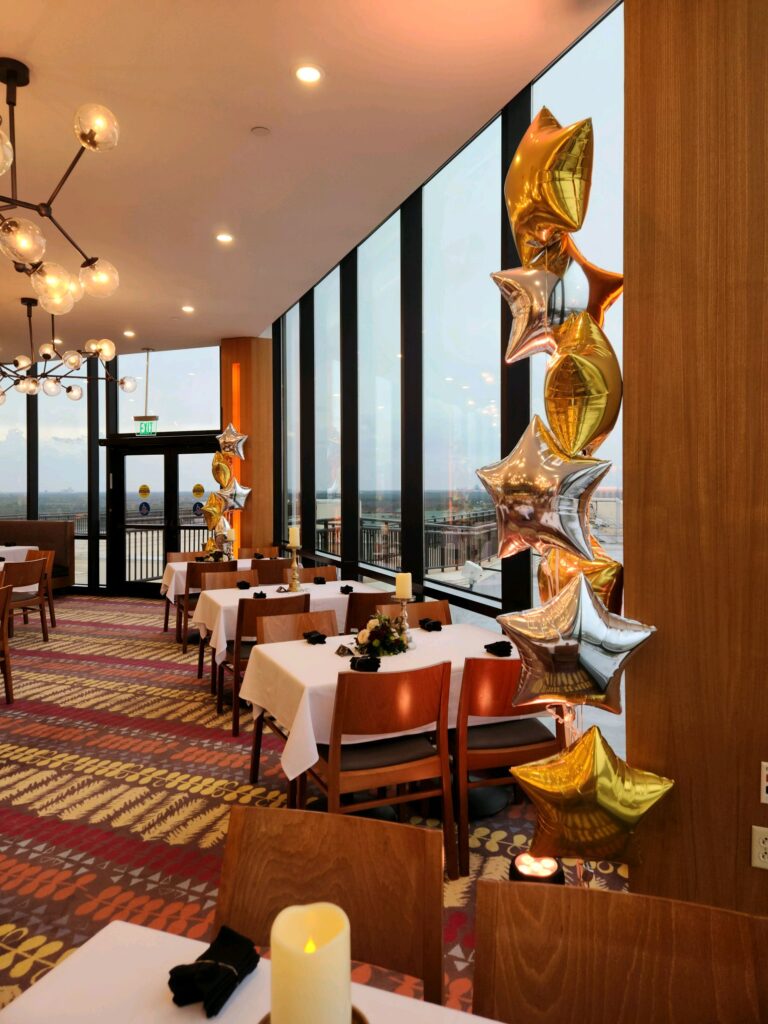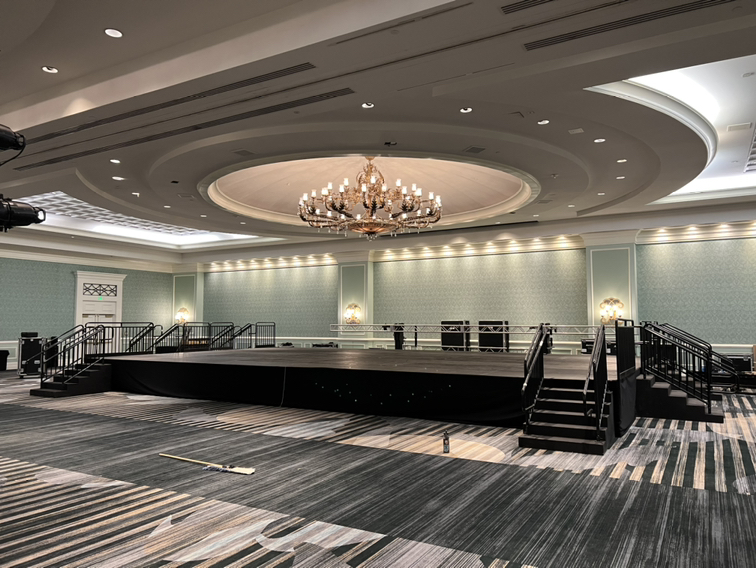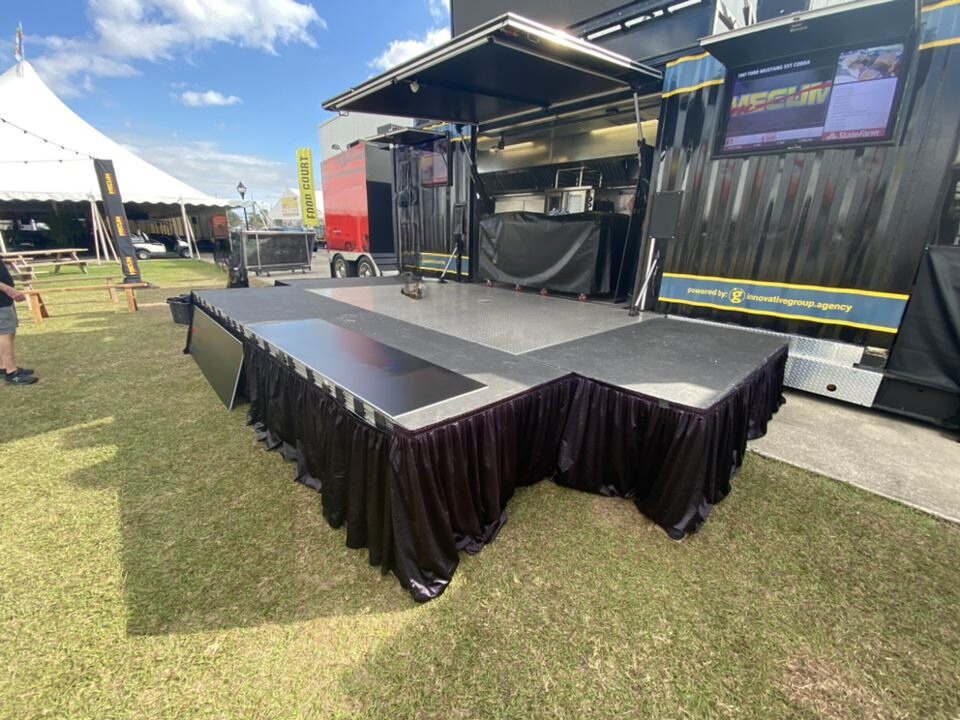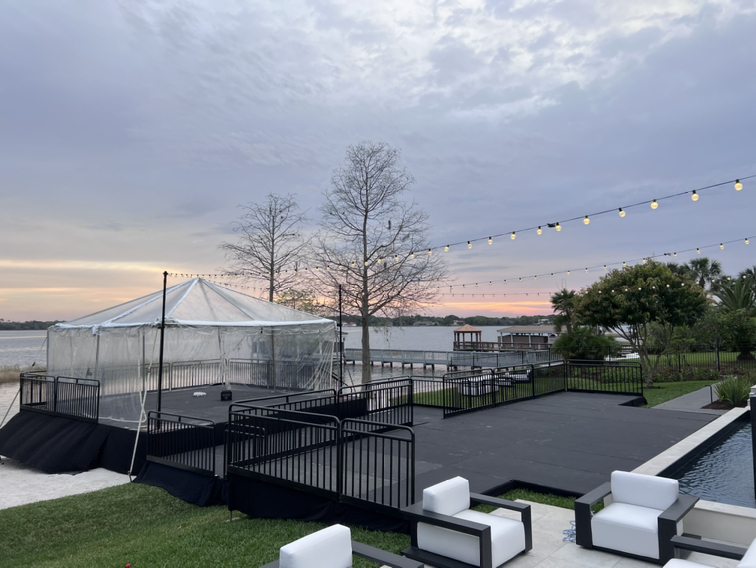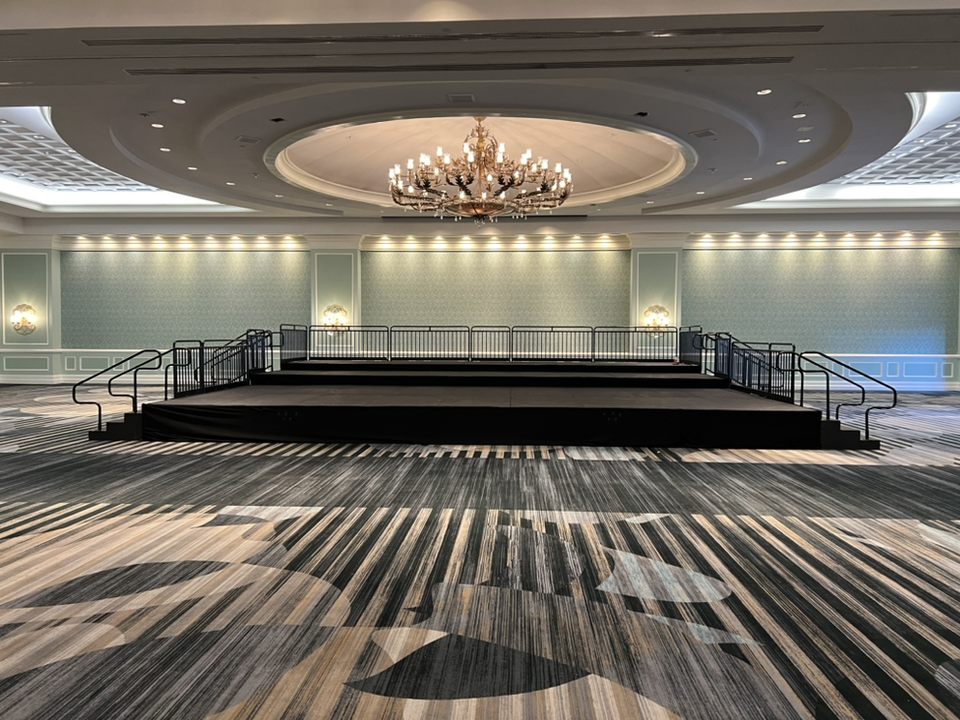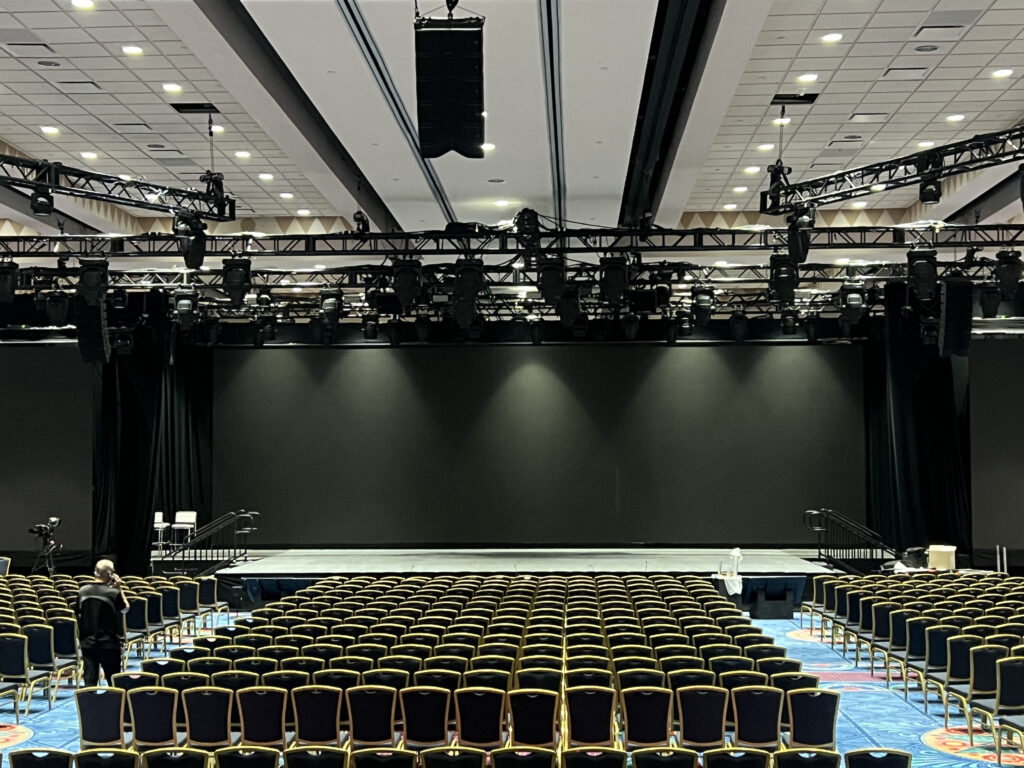New Year’s Eve is one of the most anticipated events of the year, and planning a memorable celebration can set the tone for the year ahead. If you’re hosting a New Year’s Eve bash in Florida, you’re in luck. Whether you’re celebrating with a beachside view, in a luxurious venue, or in a cozy indoor space, the state offers countless options for creating an unforgettable experience.
However, to make sure your event is a hit, you’ll need more than just a great venue. From choosing the right entertainment to considering your event’s ambiance and making sure you have the perfect stage setup for the evening, each detail counts.
Let’s walk through the 15 essential tips that will help you plan a memorable New Year’s Eve celebration in Florida and give your guests a fantastic experience, while also boosting your event’s appeal in the process.
1. Choose the Right Venue
Choosing the right venue is crucial for the success of your event. Florida is home to a diverse range of venues that cater to every event type, from beachfront parties to elegant ballroom settings. For a New Year’s Eve bash, consider whether you want a glamorous indoor setting or an outdoor venue with a beautiful view of the fireworks. It’s important to book early, as popular venues can fill up quickly during the holiday season.
2. Ensure the Venue Is Equipped for Your Event Needs
Make sure the venue has the infrastructure to support your party needs, especially when it comes to audio and lighting equipment. This is where your stage rental needs come in. If you plan to have live music, a DJ, speeches, or any form of entertainment, you’ll need a proper stage setup. Invest in professional staging, sound systems, and lighting that can highlight key moments throughout the evening, especially as midnight approaches.
3. Create a Unique Theme for Your Party
New Year’s Eve is a time to celebrate, so why not make your party stand out with a creative theme? Whether you’re going for a “Roaring Twenties” vibe, a glamorous “Black and White” event, or something more modern like a “Future Forward” party, a theme helps tie everything together, from your decorations to your entertainment. Make sure your theme is incorporated into your stage design as well. This could be a fun opportunity to work with a stage rental company to create a customized stage backdrop.
4. Book a Professional DJ or Live Band
Entertainment is one of the most important aspects of any New Year’s Eve celebration. Whether you hire a DJ or a live band, having the right music sets the tone for the evening. The best DJs will not only play the latest hits but also work with you to create a playlist that fits the mood and your theme. If you’re considering a live band, make sure they have experience performing at large events and can handle the audio needs for a big crowd.
For both live bands and DJs, be sure to work with your stage rental company to arrange a proper setup. This includes the right sound systems, lighting, and stage platforms.
5. Secure the Best Lighting Effects
Lighting can transform a venue and elevate the atmosphere of your event. Use dynamic lighting effects, like spotlights and LED lights, to highlight key moments, such as the countdown to midnight. You might also consider using a gobo if you want your brand or company name to be projected. The right lighting setup can make the difference between an okay party and an unforgettable one.
6. Plan for a Grand Entrance
Everyone loves a grand entrance, especially on New Year’s Eve! Setting the right tone from the moment guests arrive is key to creating a memorable celebration. Consider a combination of dramatic elements, such as a light show, a red carpet, or an impressive stage for your host to welcome attendees.
Enhance this entrance further with balloon arches designed to match your event’s theme. Balloon arches in festive colors like gold, silver, or midnight blue can add a stunning visual element to your venue’s entryway, creating a celebratory pathway for your guests.
7. Provide a Signature Cocktail or Drink Menu
A signature cocktail adds a fun, personal touch to your New Year’s Eve party. Work with your caterers or bartenders to create a custom drink that matches the theme of the event. Along with your signature cocktail, offer a variety of other beverages, from champagne for the midnight toast to mocktails for non-drinkers.
8. Set Up a Photo Booth with Props
Guests will want to capture the fun moments of the night, and a photo booth is a perfect addition to any New Year’s Eve bash. Equip your photo booth with fun props, like party hats, noisemakers, and themed backdrops. A well-decorated photo booth provides entertainment and gives your guests the opportunity to take home fun mementos from the evening.
9. Think About the Countdown to Midnight
The countdown to midnight is the pinnacle of any New Year’s Eve event. Make it extra special by ensuring that you have the perfect stage setup for the moment. If you plan to have a live countdown, consider using a large video screen or projector to display the clock and make sure all your guests can participate. If you’re having a stage performance or a special toast, make sure that the stage is well-lit and positioned to allow everyone to view it clearly.
10. Consider Outdoor Fireworks or Special Effects
Florida is famous for its fireworks displays, and if your venue allows it, consider incorporating a fireworks show into your celebration. This can be especially memorable for outdoor events on the beach or at rooftop venues. If you’re indoors, you can simulate the effects with pyrotechnics, smoke machines, or even confetti showers. Your stage rental company can work with you to coordinate these special effects and ensure everything runs smoothly.
11. Offer a Variety of Food Options
New Year’s Eve is about more than just dancing and drinking—it’s also a time to enjoy great food. Depending on the size and style of your event, you can offer plated dinners, buffets, or smaller food stations with finger foods and hors d’oeuvres. Consider offering options for all dietary preferences, including vegetarian, gluten-free, and dairy-free dishes.
12. Make the Event Comfortable for Guests
While the excitement is palpable, comfort is key for a successful New Year’s Eve bash. Make sure your venue has enough seating for guests to relax and chat in-between times of dancing. If you’re hosting an outdoor event, be prepared with heaters, blankets, and covered areas in case the temperature drops. Keep the crowd comfortable with enough space to move around, and avoid overcrowding the dance floor or the bar areas.
13. Arrange for Transportation and Parking
Since New Year’s Eve often involves drinking and celebrating, make sure your guests have a safe way to get home. Consider arranging transportation options like shuttles or private car services, especially if your venue is in a more remote location. If parking is limited at your venue, think about setting up a valet service to make things easier for your guests.
14. Hire Professional Event Coordinators
If you’re looking to take the stress out of your event, consider hiring an event planner or coordinator. Event coordinators can manage everything from catering and decorations to scheduling entertainment and handling any last-minute issues. Their experience ensures that your New Year’s Eve bash will go off without a hitch.
15. Don’t Forget the Stage Setup
A professional stage setup is one of the most essential aspects of any large event. From the band or DJ performance to announcements and the countdown to midnight, your stage serves as the focal point of your event. Be sure to work with a stage rental company that can provide high-quality staging, sound, lighting, and any other equipment you need. A well-constructed stage allows your entertainers to shine and ensures that your guests are comfortable as they watch the performances.
Conclusion
Planning a New Year’s Eve bash in Florida offers endless possibilities, from stunning outdoor venues to luxurious indoor spaces. With the right entertainment, lighting, stage setup, and attention to detail, your celebration can become a memorable night that rings in the new year with style. By carefully considering the tips above and working with trusted vendors, especially a stage rental company, you can ensure that your event runs smoothly and leaves your guests talking about it for years to come.
With Florida’s warm climate, beautiful scenery, and vibrant event spaces, your New Year’s Eve bash is sure to be one for the books.
Ready to start planning?
Make sure to choose the right venue and entertainment, and let your creativity shine. Happy planning, and here’s to an unforgettable New Year’s Eve celebration!
For more information about stage rentals for your upcoming event, contact Stages Plus, a leading provider of professional stage and event equipment rentals in Florida.
